Sihwaho Lake, surrounded by the cities of Ansan, Siheung and Hwaseong, all in southern Gyeonggi-do, is a haven for migratory birds in the winter. Before it got too cold and the water froze, there were 350,000 birds coming to the lake. Among them were rare endangered species such as storks and spoonbills.
The lake, whose wetlands have now become a travel stop for migratory birds, is a good example of a damaged environment being restored and reborn as an ecological wonderland. The lake was formed as a result of land reclamation. The seawall that connects Oido Island in Siheung with Daebudo Island in Ansan, was built in January 1994. The lake’s name Sihwa comes from the "si” of Siheung and the "hwa” of Hwaseong. The reclaimed wetlands and the man-made body of water is just south of Incheon.
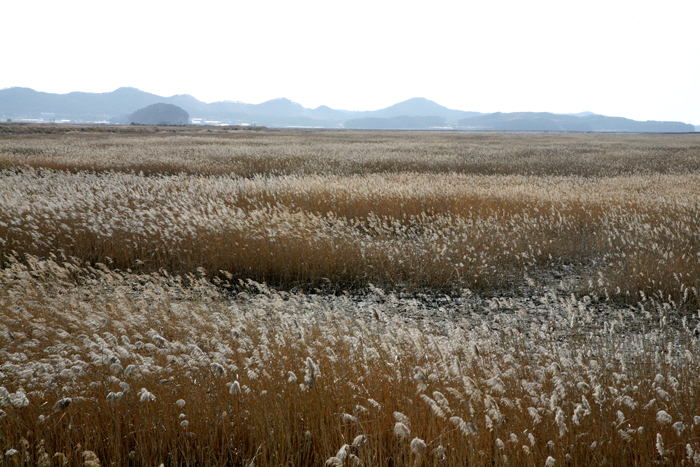
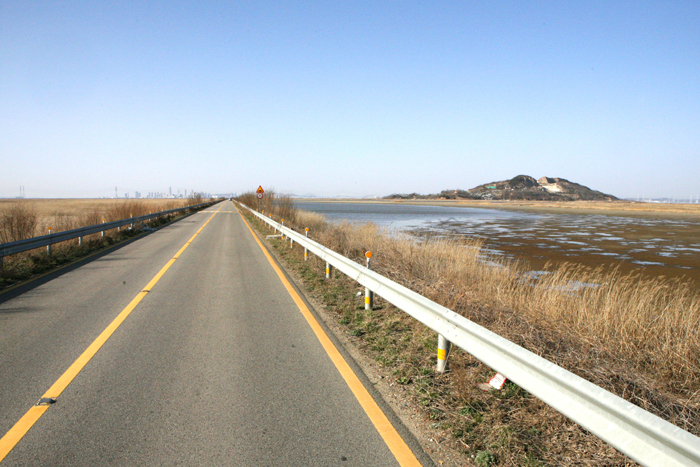
(Top) A vast reed bed near Sihwaho Lake. (Bottom) The reeds dance in the wind, giving a sense of timelessness. (Photos courtesy of the Korea Tourism Organization)
The seawall is 12.6 kilometers long. It is Asia’s longest breakwater and the world’s second–longest, after the Zuiderzee Seawall in the Netherlands. It creates a huge artificial lake that covers 56.5 square kilometers. After the seawall was completed in 1994, however, the water quality deteriorated and it started causing environmental problems. In 2001, the government decided to open the floodgates to let in seawater. Since then, it has become an ecological haven for various plants and animals, including migratory birds. In particular, the reed bed formed in 2002 played a major part in restoring the environment. The world’s biggest tidal power plant has been built nearby and it has now become a popular destination for tourists who come here to take photos of the birds and the beautiful landscape.
If you drive south out of Incheon along National Route No. 77, heading toward the ports of Sorae and Wolgot, situated along the border with Siheung and Ansan, you will see a fork to your right that leads to Oido Island, the Ansan Banwol Industrial Park and the Siwhaho Seawall. Provincial Route No. 301, which is co-signed with National Route No. 77 along this section of road, runs along the seawall, which starts here.
A prehistoric shell mound was discovered on Oido Island, indicating that humans have been dwelling in the area since at least the Stone Age. Oido Island was connected to the mainland in 1922 when a breakwater was built to develop salt farms, and it was again linked to Daebudo Island via the Siwhaho Seawall in 1994.
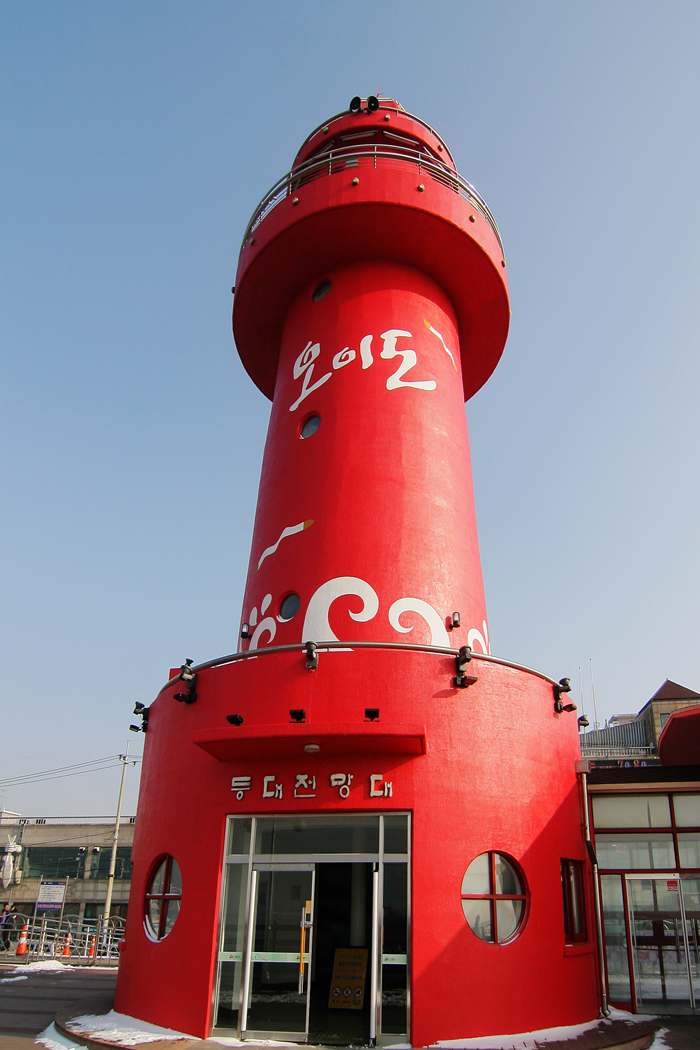
The red lighthouse on Oido Island is a popular tourist spot. (Photo courtesy of the Korea Tourism Organization)
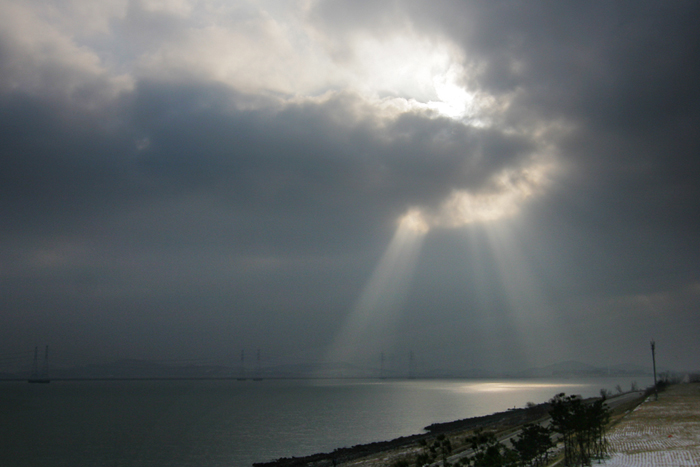
The Yellow Sea as seen from the Siwhaho Seawall (Photo courtesy of the Korea Tourism Organization)
Driving the seawall
Driving along the seawall, passengers can see the calm and peaceful Sihwaho Lake on one side and the constant waves of the Yellow Sea on the other. The mud flats appear and disappear with the ebb and flow of the tide. During the ebbing tide, people gather to collect seashells, while during the rising tide, fishermen line up along the seawall, setting up their fishing rods. It is quite pleasant to drive along the long, endless seawall with no traffic and away from crowded cities. Driving along the seawall, drivers can see the vast reed beds and the infinite Yellow Sea. They will even see the Sihwaho Tidal Power Plant which boasts 254 megawatts of generating capacity.
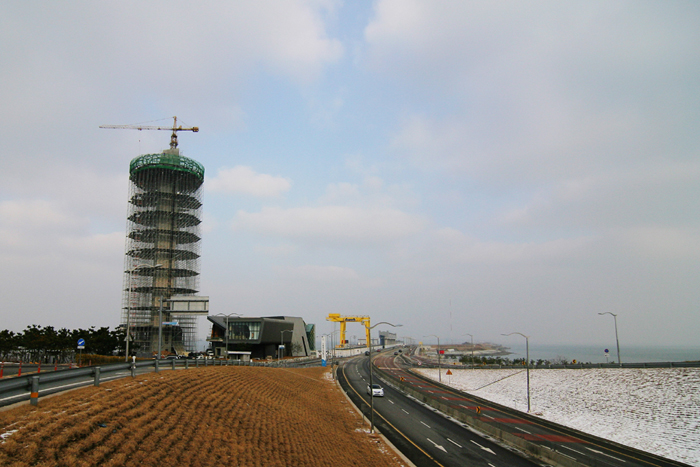
The Sihwaho Tidal Power Plant is the world’s biggest tidal-energy electricity generator. (Photo courtesy of the Korea Tourism Organization)
Near the power plant is the T-Light Rest Area. The place is named after the tide itself and symbolizes the environmental friendliness of the power plant. There are many installation art pieces in the plazas and parks around the area, including the Obelisk of Light. In front of the rest area there’s a little park with oddly shaped trees and stones on display. These stones and trees were discovered during the process of land reclamation. Continuing along the seawall, visitors can see the Bangameori Wharf at the end of the road. From there, you can ride a ferry to nearby islands, such as Deokjeokdo Island and Jawoldo Island, lying out in the Yellow Sea.
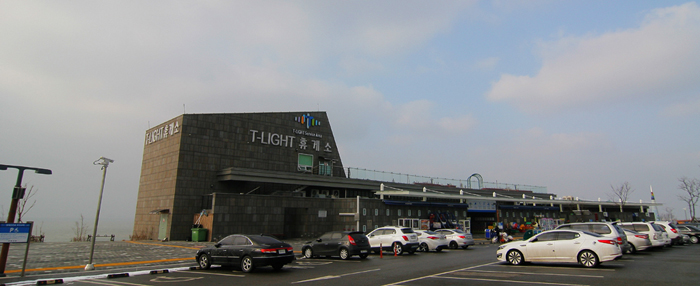
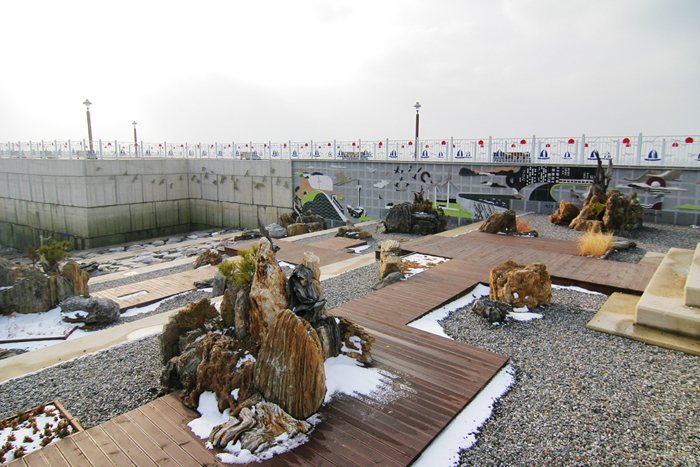
(Top) The T-Light Rest Area. (Bottom) A little park with oddly-shaped stones and trees. (Photos courtesy of the Korea Tourism Organization)
Dinosaur egg fossils
The area around the lake is famous for having the biggest collection of dinosaur fossils in Korea. The fossils were uncovered in April 1999 in a reclaimed area of land covering some 15.9 square kilometers. The area was designated as Natural Monument No. 414 in March 2000. The area is believed to have been a habitat for dinosaurs during the Cretaceous Period, some one hundred million years ago. There were 30 dinosaur eggs found, varying in diameter from 10 to 15 centimeters, as well as fragments and plant fossils. At the south end of the lake in Hwaseong, there is a visitor center which has mockups of dinosaur eggs on display and dinosaur habitat dioramas.
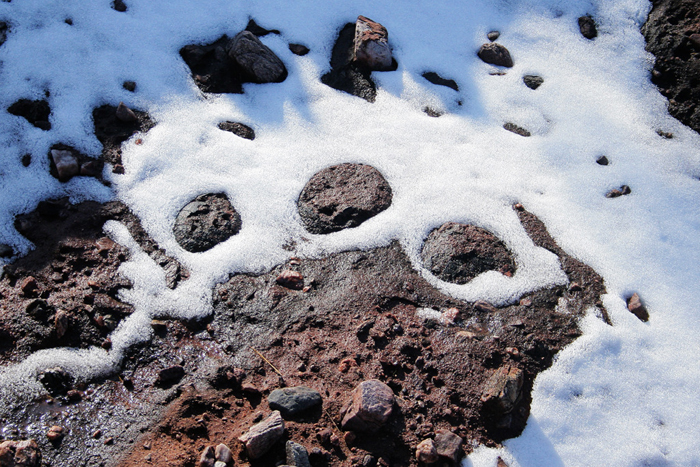
Dinosaur egg fossils near the Sihwaho Lake (Photo courtesy of the Korea Tourism Organization)
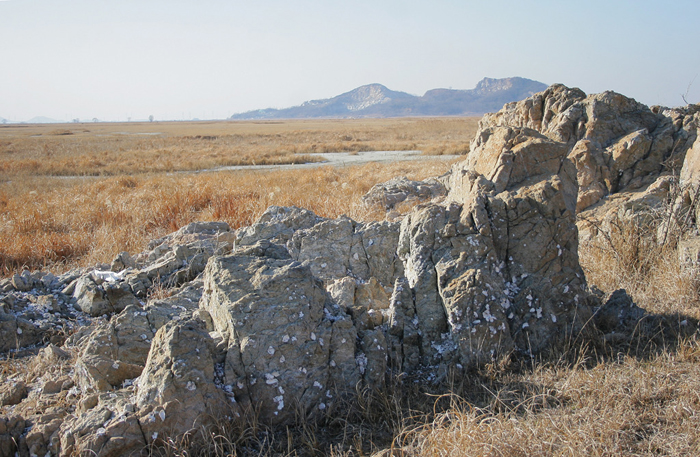
Oyster shells on the rocks show that the area used to be underwater. (Photo courtesy of the Korea Tourism Organization)
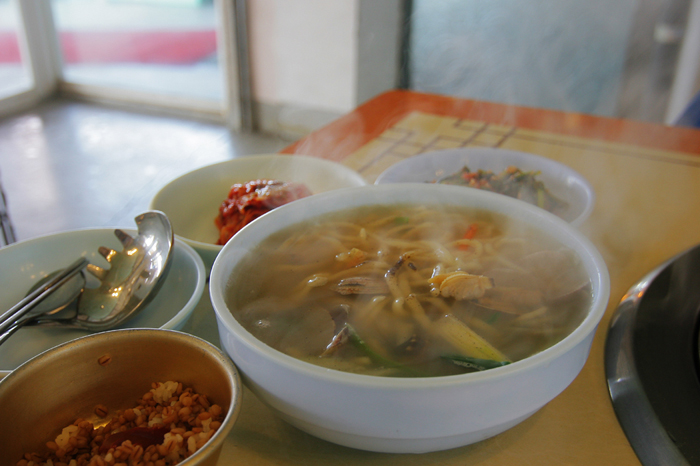
Chopped noodles boiled with short-necked clams is a popular dish in the area. (Photo courtesy of the Korea Tourism Organization)
Related homepages
Sihwa-ho Lake: http://www.shihwaho.kr
Ansan Wetlands http://wetland.iansan.net/
Ansan Tourism: http://www.iansan.net
Korea Tourism Organization: http://www.visitkorea.or.kr
How to get there
Drivers: Departing Incheon or Seoul, head southeastward along Expressway No. 50, the “Yeongdong Expressway,” and exit at the Wolgot IC (exit No. 2), just north of the map. (See picture.) Follow National Route No. 77, which is co-signed with Provincial Route No. 301. This leads you onto the Sihwaho Seawall. Stop at the T-Light Rest Area.
Public Transportation: Take Bus No. 123 from downtown Ansan and get off at the Sihwaho Tidal Power Plant.
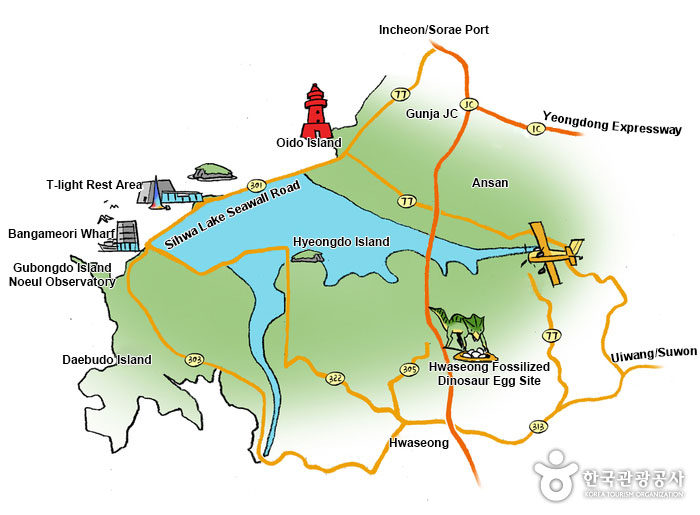
Map of Sihwaho Lake (Image courtesy of the Korea Tourism Organization)
By Limb Jae-un
Korea.net Staff Writer
jun2@korea.kr
